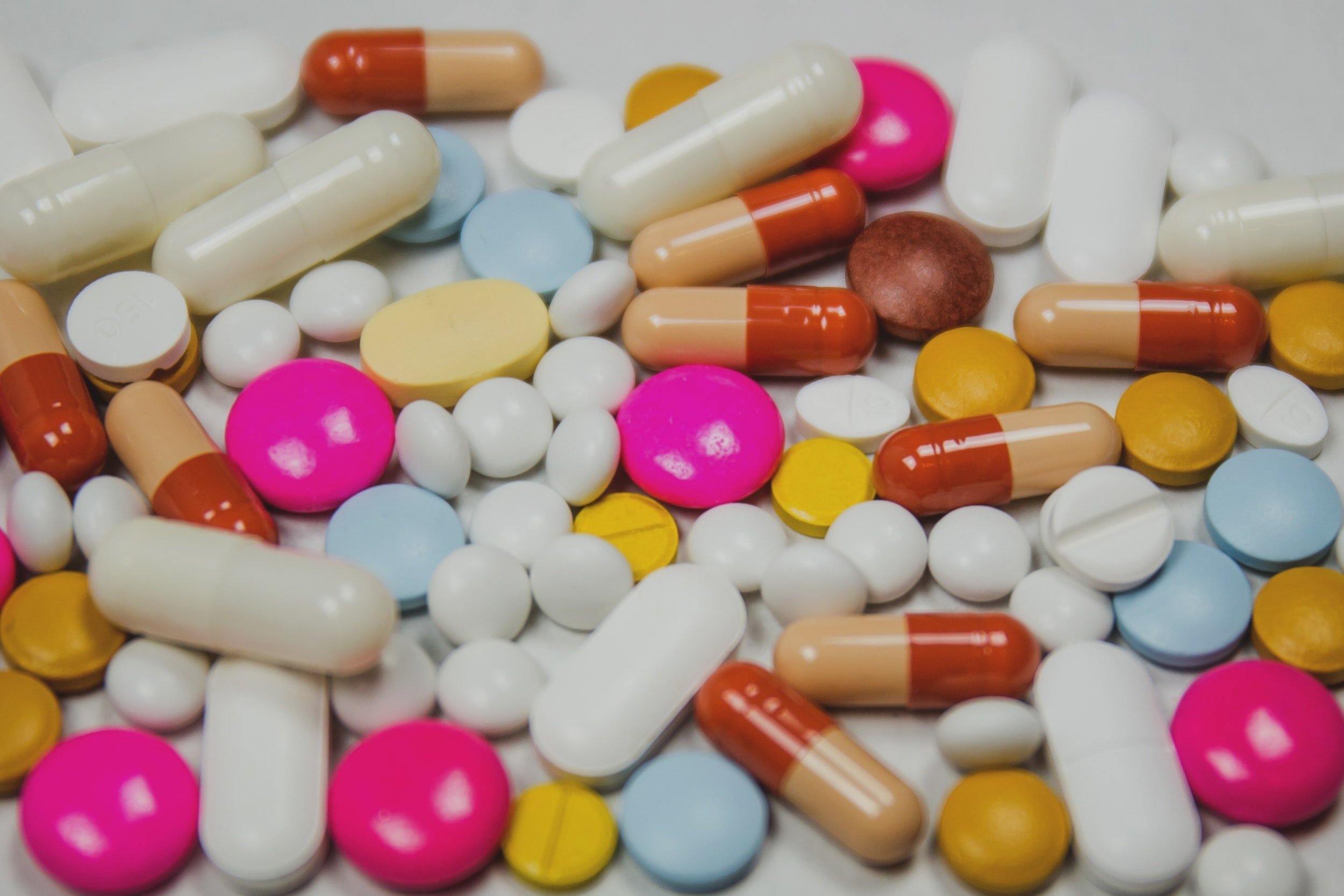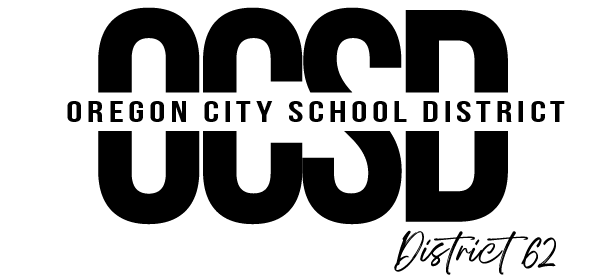
药物治疗
俄勒冈市学区的药物政策与1997年的立法变化一致. 以下是编号为5315和5315%的政策和法规的摘要. “药物”一词既指处方药,也指非处方药(OTC).
如果孩子需要留在学校,药物治疗将在上学期间进行.
All medications will be brought to the school by the parent or guardian. Students are not allowed to transport medication.
药物治疗 will be brought to school in the original labeled container. If prescription medication, the label will include the child's name, 医生的名字, 药品名称, dosage and frequency. 如果是OTC,容器将印有原始制造商的标签和儿童的名字.
所有处方药物将在抵达学校时由家长和学校工作人员清点.
The parent or guardian will complete an Authorization for 药物治疗 form for each medication brought to school. A copy of this form is also available at your child’s school.
Herbal and dietary supplements will not be administered during the school day. 7-12年级的学生可以自行服用非管制药物.
For a student to self-medicate, the parent and student will sign the self-medication agreement, the parent will complete the Authorization for 药物治疗 form and the physician will sign the Authorization for 药物治疗. 在学生将药物带到学校之前,这些文件必须在学校健康办公室存档.
自我治疗的学生将在没有学校工作人员指导或监督的情况下这样做.
自行服药的学生将只携带一天的药量,药物将放在原始标签容器中.
K-6年级的学生可以携带自己的哮喘吸入器,但必须遵守有关自我用药的所有规定.
Again, these are just the main points of the policy and regulations. If your child will be taking medication at school, you may obtain a copy of the policy and regulations, 整体上, from your child's school
药物治疗 Disposal Information
MRSA or Staph INFORMATION
耐甲氧西林金黄色葡萄球菌(MRSA或Staph)常见问题(FAQ)
什么是MRSA? MRSA stands for methicillin-resistant staphylococcus aureus. Staphylococcus aureus, or more simply "staph," are bacteria that often live in the nose or on the skin of healthy people. When these bacteria penetrate the skin or invade other parts of the body, a staph infection may result. 对甲氧西林和相关抗生素具有耐药性的葡萄球菌被称为“耐甲氧西林金黄色葡萄球菌”或MRSA.
MRSA are not only resistant to all penicillin-like antibiotics, but they are often resistant to many other types of antibiotics as well. 由于抗生素选择有限,耐甲氧西林金黄色葡萄球菌感染既昂贵又难以治疗.
在过去, 耐甲氧西林金黄色葡萄球菌(MRSA)主要出现在医院和疗养院等医疗机构(与医疗相关的MRSA)。. 然而最近, 有许多报告称,在没有任何医疗接触的普通社区人群中发生了MRSA感染(社区相关性MRSA)。.
MRSA有多普遍? MRSA can be carried on the skin or in the nose without causing any disease, which is called colonization. Approximately 25-30% of the population is colonized in the nose with staph bacteria at any given time; however, the proportion colonized with MRSA is not known.
俄勒冈州新感染MRSA病例的确切数量尚不清楚,但总的来说,MRSA病例的数量正在增加. 耐甲氧西林金黄色葡萄球菌不是一种需要向县卫生部门报告的疾病,但俄勒冈州人类服务部目前正在开展一个耐甲氧西林金黄色葡萄球菌监测项目,以更好地了解耐甲氧西林金黄色葡萄球菌感染模式.
Who gets MRSA and how does it spread? Anybody can get MRSA, 但MRSA感染在医院和医疗机构的人群中更为常见. 少, 耐甲氧西林金黄色葡萄球菌可在社区中获得,并与最近使用抗生素有关, sharing contaminated items, having recurrent skin diseases, and living in crowded settings. Outbreaks of MRSA have been reported among injection drug users, 监狱的犯人, and participants in contact sports such as wrestling and rugby.
As with other types of S. 金黄色葡萄球菌,MRSA可以在与定殖或感染者密切接触的人群中传播. MRSA is almost always spread by direct physical contact and not through the air. Spread may also occur through indirect contact by touching objects (e.g., 毛巾, 表, 伤口敷料, 衣服, 锻炼区域, or sports equipment) contaminated by a person colonized or infected with MRSA.
What are the symptoms of MRSA? 在大多数情况下,MRSA感染的症状与其他葡萄球菌感染没有什么不同. MRSA may manifest as red, 肿, 伤口周围的柔软皮肤或以大丘疹(疖子)的形式出现,可能有厚厚的白色脓液渗出. 引起社区相关感染的MRSA菌株可能比其他类型的葡萄球菌感染更容易导致皮肤感染和肺炎. 这种与社区相关的MRSA菌株对有限数量的常用抗生素有反应.
How is MRSA diagnosed? 诊断是通过从样本中鉴定实验室培养的细菌来确定的, typically taken from a draining lesion or a swab of the back of the nose. 一些医疗保健提供者会根据皮肤损伤的外观和已知的MRSA病史或暴露于MRSA来诊断MRSA.
What is the treatment for MRSA? 葡萄球菌感染的治疗取决于多种因素,如感染部位, the severity of illness, and the antibiotic sensitivity of the infecting strain. 除非在特殊情况下,皮肤或鼻子的定植通常不是抗生素治疗的原因. Small, localized skin pimples or boils may improve without use of antibiotics. 当需要使用抗生素时,通常只有少数几种可供选择. MRSA bacteria are resistant to penicillin and all penicillin-like drugs. Most hospital-acquired MRSA are also resistant to numerous other antibiotics. 在社区中获得的MRSA通常具有更广泛的潜在有效抗生素.
What can be done to prevent staph or MRSA infections?
包扎伤口. Keep wounds that are draining or have pus covered with clean, dry bandages. Follow your healthcare providers instructions on proper care of the wound. Pus from infected wounds can contain staph and MRSA or other bacteria, so keeping the infection covered will help prevent the spread to others.
洗手. 你, 你的家人, 其他密切接触者应经常用肥皂和温水洗手, especially after changing the bandage or touching the infected wound.
Do not share personal items. Avoid sharing personal items such as 毛巾, 浴巾, 剃须刀, 服装, 或者可能接触过感染伤口或绷带的运动服.
Wash 表, 毛巾, and 衣服 that become soiled with hot water and laundry detergent. Drying 衣服 in a hot dryer, rather than air-drying, also helps kill bacteria. 如果你参加身体接触运动或其他皮肤接触,确保你的伤口被覆盖.
Keep counter tops, tubs and 汇 clean. Clean bathroom counters, 汇, tubs and toilets frequently, 以及任何其他与你的伤口直接接触的家用表面, your wound drainage, or your hands after you have tended to your infection.
Talk to your healthcare providers. While you are healing, 告诉任何其他治疗你的医疗保健提供者你有MRSA皮肤感染. 在未来,告诉你的医疗保健提供者,你有一个MRSA感染.
What should I do if I think I have a staph or MRSA infection? See your healthcare provider. 与此同时, 用干净的敷料覆盖任何伤口,并经常洗手,以避免将潜在的感染传播给家中的其他人.
Prepared by Jennifer Vines, MD, MPH Health Officer, Washington & Clackamas Counties October 18, 2007
改编自俄勒冈州公共卫生部门和马萨诸塞州公共卫生部门的网站:
http://www.oregon.gov/oha/PH/DISEASESCONDITIONS/DISEASESAZ/Pages/mrsa.aspx

